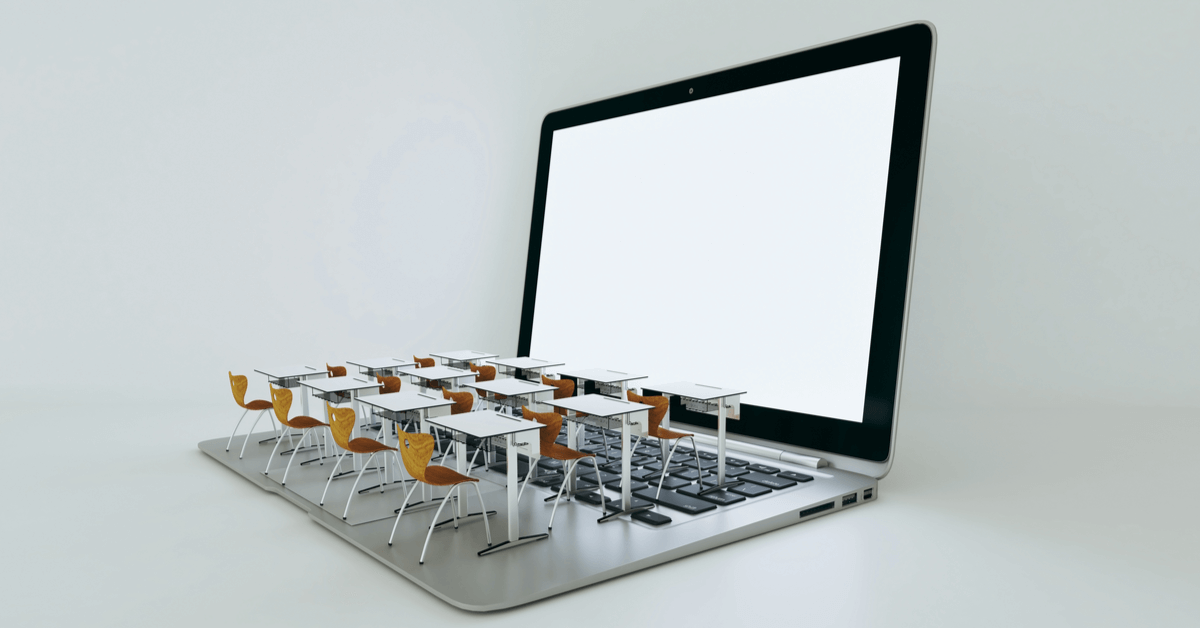Digital learning and observability: new frontiers in university 2022

Digital learning in universities around the world has undergone a surge in the wake of Covid-19. On the whole, the Italian university "has responded to the emergency," stressed Ferruccio Resta, president of the CRUI, the Conference of Italian University Chancellors, "by switching in the space of a couple of weeks to distance learning for over 1.6 million students, throughout the country, in conditions that are not always favourable in terms of infrastructure and connections”. These conditions must now be tackled with a systemic approach and no longer dictated by the emergency phase, so that they take on the structural connotations of an offer, sometimes defined as 'blended', in which traditional teaching is called upon to coexist with digital teaching. Ultimately, it is not a question of replacing the in-presence model, but rather of enabling students to take advantage of the lectures and other services offered by universities regardless of their proximity.
Digital learning in need of infrastructure enhancement
From this perspective, digital learning in the new normal cannot neglect the strengthening of the digital infrastructure of university institutions, as the Ministry of Universities and Research itself has recommended and as the National Plan for Recovery and Resilience aims to do. Measure 4 on Education and Research of the PNRR, in fact, aims to “strengthen teaching both in school and at university”. To this end, “significant infrastructural investments are planned to digitise learning environments”. A university platform, both when content is streamed and when it is on-demand, must allow multiple accesses. Suffice it to say that state-run mega-universities such as Bologna, Milan or La Sapienza in Rome have enrolments of more than 40,000. Moreover, digital learning also presupposes other activities and not only those related to face-to-face lessons. It must include, for example, the possibility of accessing documents and materials, as well as a whole range of accompanying services.
How to ensure a student experience through the observability method
If the infrastructural and connection problems, mentioned by the CRUI president, could be tolerable during successive lockdowns, they will become less and less so in the new normal. In other words, being able to identify and correct the potential root causes of a failure or anomaly is an essential factor in safeguarding the student experience in the future. Even momentary unavailability of the infrastructure or applications could jeopardise even the success of an examination. Therefore, monitoring and verifying methods of real-time IT operation, which generally go by the name of observability, should also be implemented in the technological architectures of universities. We have already dealt in the past with the concept of “observability” as an evolution of the usual approach of IT monitoring. Briefly, it can be defined as the ability to measure the current state of a system based on the data it generates, in particular logs, metrics and traces.
Why universities need quality digital learning
Observability applied to the technological ecosystem that enables universities' digital learning provides full visibility into the student experience, tracing the path of each individual request and providing information on the interaction that is taking place between institution and user in an end-to-end manner. In addition, it provides constant insight into the “health” of the system so that proactive action can be taken before any degradation negatively impacts the performance of the application being used. In 2022, guaranteeing a valuable student experience is more important than ever, precisely because the new generations are also inclined to choose university on the basis of the quality of the services offered, of which digital learning is now an integral part. The complexity of the IT environments to be monitored, together with the speed and volumes of data to be analysed, therefore require a type of in-depth control that is the result of specific skills in monitoring solutions to support observability. Therefore, universities can no longer do without it if they want to ensure digital learning that lives up to expectations.







